Mellon Institute Columns
Sections of the iconic limestone columns have been left uncleaned as a reminder of the city's polluted past.
In the 19th and 20th centuries, Pittsburgh was notorious for its pollution and soot, earning itself monikers like “Smoky City” and “Hell with the Lid Off.” The flourishing coal and steel industries caused the city’s buildings to be stained black, and the city to be dark with smoke even before noon.
Conditions were so bad, white-collar workers often had extra pairs of shirts to change into during the day. And when Frank Lloyd Wright was asked how to fix the city, he glibly said, “Raze it and start over.”
In 1946, the newly elected mayor proposed a less extreme plan to clean up the city and improve the standard of living. Over the next two decades, the surfaces of buildings were cleaned, new, cleaner industries slowly came up, and the level of pollution dropped by nearly 90 percent.
But some buildings wanted to keep a reminder of the city’s smoky past to warn future generations about the consequences of filthy air, and the Mellon Institute of Industrial Research was one of them.
The headquarters of the institute, built in 1937, takes up an entire city block. The building is ringed with 62 large columns, each 36 feet high. When the city was cleaning up its act, the institute left one side of some of these iconic limestone columns untouched and black, as a reminder of the smoky air of years past.
The Institute merged with the nearby Carnegie Institute of Technology to become Carnegie Mellon University in 1967. Today the picturesque columns at the front entrance of the building are a popular spot for wedding and occasion photography, and even filming scenes for movies—black soot and all.



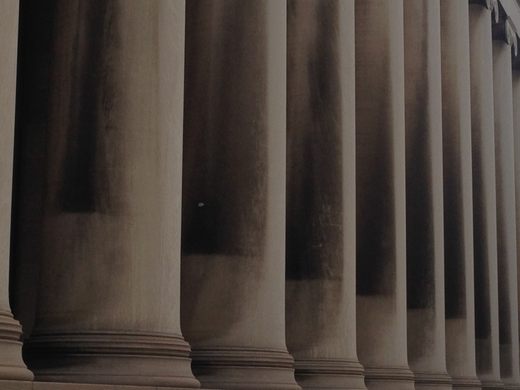


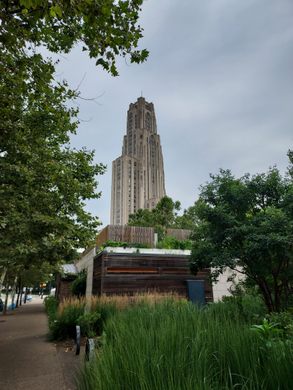



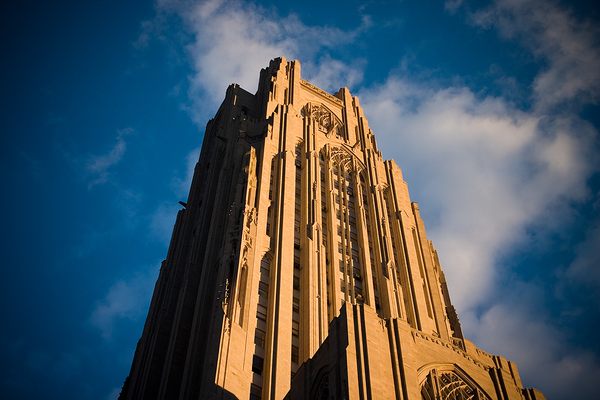

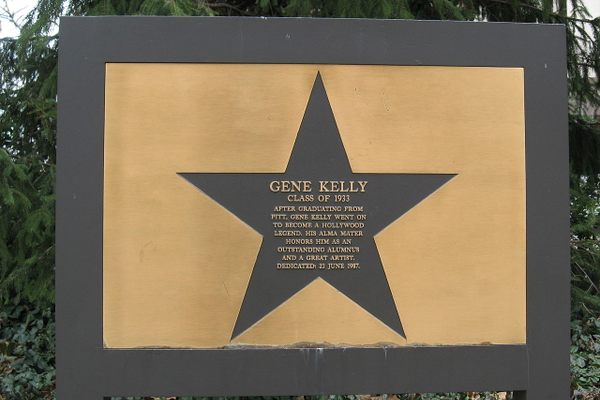

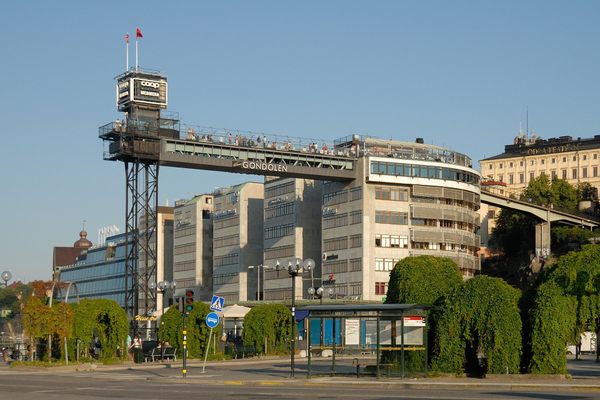

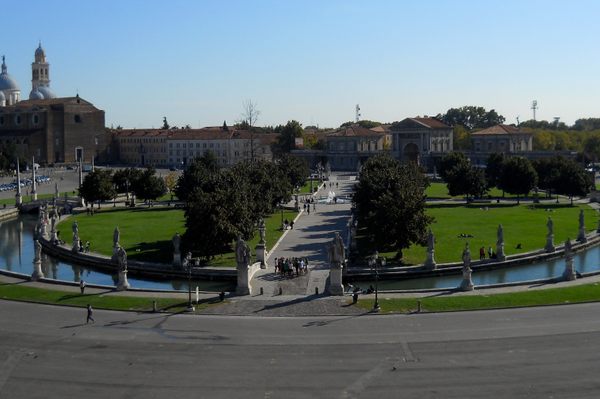



Follow us on Twitter to get the latest on the world's hidden wonders.
Like us on Facebook to get the latest on the world's hidden wonders.
Follow us on Twitter Like us on Facebook